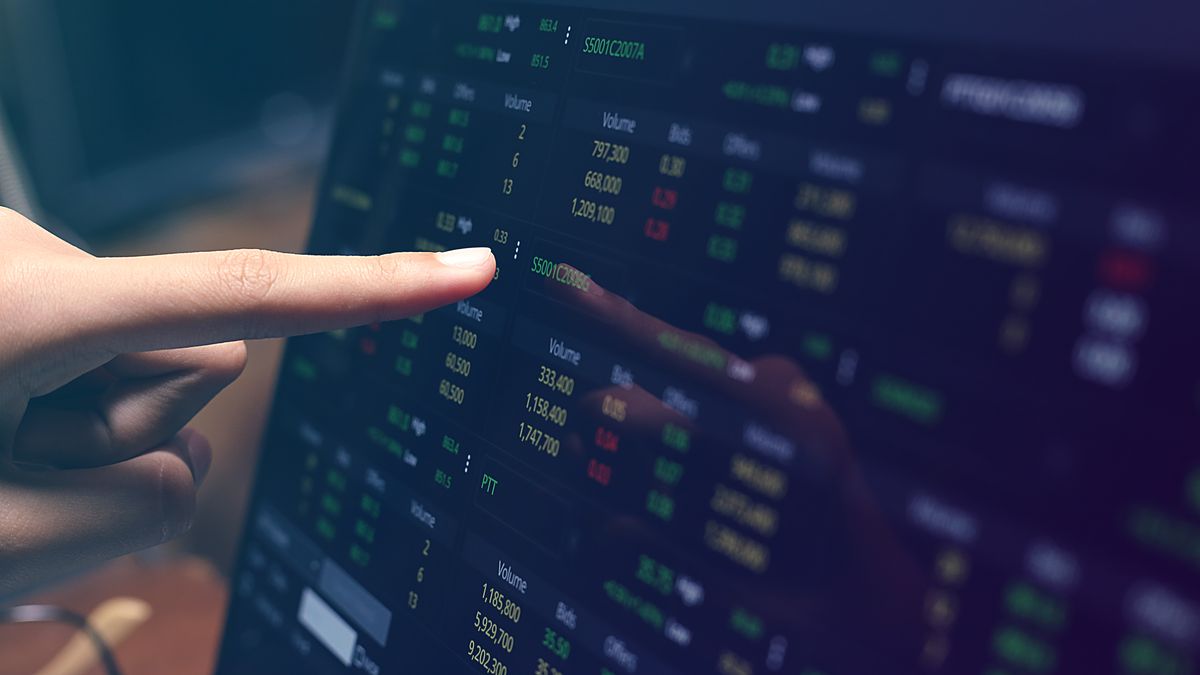Argentine stocks and bonds fell across the board this Thursday, March 9given a greater global aversion to risk, waiting for key data in the US, and on a day in which the debt swap in pesos launched by the Government, with the idea of clearing up the uncertainty of the market in an election year.
On Wall Street, the ADRs of Argentine companies sank to 6.4%, with falls led by Cresud (-6.4%); BBVA (-5.2%); Central Port (-5.2%); Galicia Financial Group (-4.7%); and Grupo Supervielle (-4.6%).
In that context, the S&P Merval BYMA, which had started the day on the rise, fell 1.3%, to 247,553.84 points, conditioned by the arrival of quarterly balance sheets and a discounted new rate hike by the United States Federal Reserve soon.
Operators awaited the presentations of the balance sheets of important and influential companies, such as YPF and Pampa, plus those of services such as Telecom and Cablevisión, after the banking sector had high returns.
In the midst of a slow process of accepting the official offer, the global rating agency S&P cut the debt note in pesos to ‘SD/SD’ (Selective Default) from ‘CCC-/C’. It also downgraded Argentina’s national scale reporting to ‘SD’ from ‘raCCC+’.
The Ministry of Economy offers a debt swap through redeemable options in 2024 and 2025, against securities in pesos with maturities until next June for others tied to inflation and the exchange rate.
“The Government seeks to ‘roll’ debt for 2024/2025, it is around 50% of the debt in pesos that it amortizes until the middle of this year. Between banks, insurers and companies, the volume would be between 3 and 3.5 trillion pesos (up to about 17,000 million dollars)”an official source told Reuters on condition of anonymity.
“According to the estimates that are handled in the Palacio de Hacienda, the participation would have a guaranteed floor of 3 billion pesos due to the commitment of the entities to accompany the operation. Anything that is above 50% will already be a great achievement,” added. The exchange offer was finalized this Thursday, with settlement next Tuesday.
This is “giving predictability” to the market to improve access to credit. We seek to give “certainty and credibility to the Argentine economy”recently stated the Minister of Economy, Sergio Massa, in his third bond swap since taking office in August 2022.
The impact of the historic drought that Argentina is facing has devastating consequences on the country’s economy, at a time when it needs foreign currency to meet the reserves and fiscal deficit goals of a million-dollar agreement with the International Monetary Fund (IMF).
The exchange includes assets with maturities between March and June 2023, in exchange for “Boncer” securities tied to inflation in April and October 2024, and February 2025, plus “Duals” linked to the devaluation of the peso in February and October 2024, and February 2025.
“Looking at the whole picture, what is happening abroad is essential (also) to analyze the behavior of emerging markets (…) However, we have two local elements that could affect: the mega swap of (bonds in) pesos and the reading of the latest (bearish) projections of agricultural production”reported Portfolio Personal Inversiones.
Argentina plans to spend around $1.8 billion on liquefied natural gas (LNG) imports this winter, below what it spent in 2022 and ahead of the opening of a key gas pipeline from the vast Vaca Muerta unconventional hydrocarbon formation.
The Central Bank (BCRA) had to sell some 47.5 million dollars due to the request of savers and importers and given the shortage of dollars from agriculture due to the historic drought.
In the market it is estimated that the Government will stop collecting some 20,000 million dollars this year due to the abrupt drop in agricultural production, when it negotiates lower reserve targets for the BCRA with the IMF in order to deal with serious financial problems.
Bonds and country risk
In the fixed income segment, for its part, sovereign bonds in dollars fell for the third consecutive day, thanks to the Global 2038, which sank 5.8%.
Thus, the country risk measured by the JPMorgan bank it rose 1.7% and exceeded 2,100 points, reaching 2,134 basis points, the highest in two weeks.
Source: Ambito
I am a 24-year-old writer and journalist who has been working in the news industry for the past two years. I write primarily about market news, so if you’re looking for insights into what’s going on in the stock market or economic indicators, you’ve come to the right place. I also dabble in writing articles on lifestyle trends and pop culture news.




